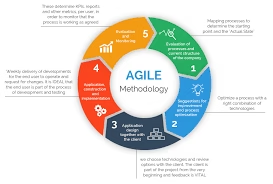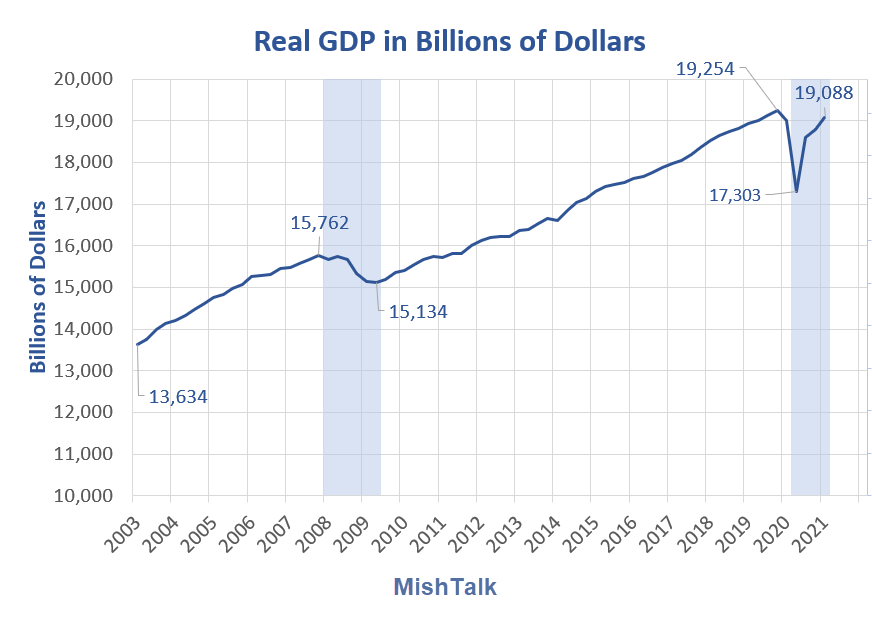Marginal Revolution has a devastating critique of the Biden Administration support for “the waiver of IP protections on COVID-19 vaccines to help end the pandemic.”
First, IP protections are not a bottleneck, production is:
All of the vaccine manufacturers are trying to increase supply as quickly as possible. Billions of doses are being produced–more than ever before in the history of the world. Licenses are widely available.
It follows that the waiver of IP protections will do little (nothing?) to help.
Second, Moderna has already said that they won’t enforce their patents during the pandemic, but no one has stepped up to produce because because producing RNA vaccines is really hard.
Third, there are tried and true ways of encouraging vaccine production, like Operation Warp Speed. Subsidize something and you get more of it.
We must spend. Trump’s Operation Warp Speed spent on the order of $15 billion. If we want more, we need to spend more and on similar scale. The Biden administration paid $269 million to Merck to retool its factories to make the J&J vaccine. That was a good start. We could also offer Pfizer and Moderna say $100 a dose to produce in excess of their current production and maybe with those resources there is more they could do. South Africa and India and every other country in the world should offer the same (India hasn’t even approved the Pfizer vaccine and they are complaining about IP!??)
Finally, what happens when drug manufacturers figure out that patent protection can be removed by a vote-pandering politician, will they be willing to produce vaccines for the next pandemic? The Biden administration must be thinking that the government can take over that duty.
Lets call this policy out for what it is, worse-than-empty virtue signaling that does way more harm than good.
Bottom line is that producing more takes real resources not waving magic patent wands.
You may have gathered that I am angry. I am indeed angry that the people in power think they can solve real problems on the cheap and at someone else’s expense. This is not serious. I am also angry that they are sending the wrong message about business, profits and capitalism.


